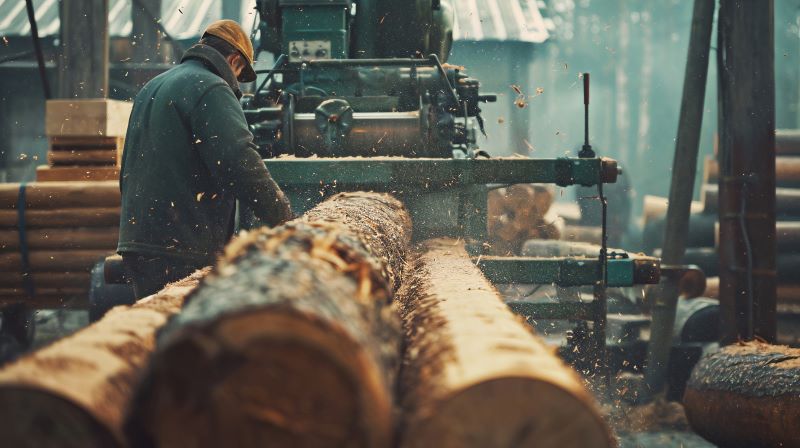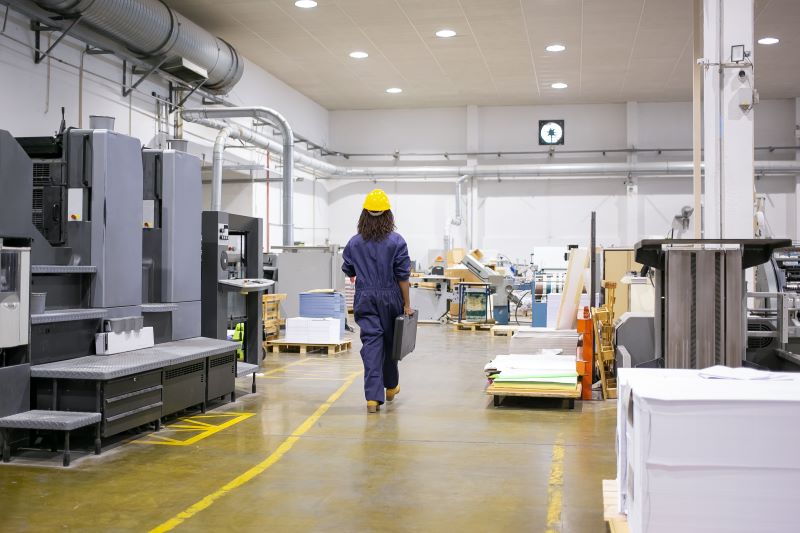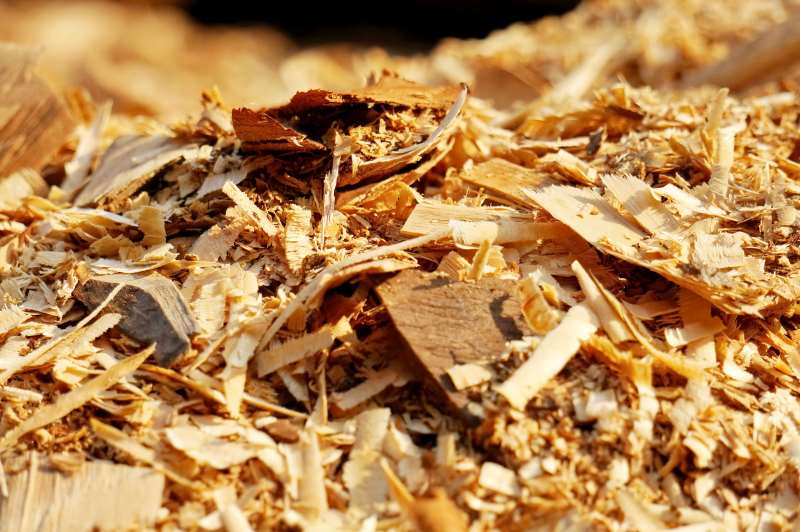One of the best ways to keep tires from becoming a waste management problem in the first place is to make them last. Rubber tires wear down as a result of the environmental conditions and normal wear and tear, but there are several things that you can do to help ensure that they don’t wear out before they should.
1. Rotate your tires every 5,000 – 8,000 miles
Not all of the tires on a car get the same amount of use when driving down the road. For example, the front tires receive more wear and tear than the tires on the rear axle on a front-wheel drive vehicle. The opposite is true for a rear-wheel drive car. Even tires on an all-wheel drive are used unevenly as the car’s computer shifts the work from one tire to another.
This uneven distribution of work causes the tires to wear more quickly in some positions on the car than in others. If left in one spot for too long, tires may wear out with plenty of tread left. When tires are rotated, they are often moved from front to back and left to right to take advantage of all available rubber on the tire’s tread.
2. Check the air pressure once a month
Under standard driving conditions, car tires lose one psi (pound per square inch) of pressure per month. During colder weather, this number may be higher because the lower temperatures cause the air inside the tire to compress and take up less space. The opposite is true during the summer months. The warmer air causes the air to expand and pressure inside the tire to rise.
Having the wrong air pressure inside the tire affects how the car performs inside and out. Underinflated tires can cause the vehicle to have an increased stopping distance and be less responsive to changes in steering. This sluggish response time makes it harder to avoid collisions. Underinflation also increases the wear and tear on the tire itself. A flatter tire has more rubber in contact with the road. This friction wears away at the tread and tire walls. The fuel efficiency of a car goes down when the tires are not properly inflated as well. Driving will actually cost you more.
Checking the tire pressure is quick and easy in your driveway or garage with a tire pressure gauge. Before adding more air, though, be sure to look up the proper pressure for your tires. Most newer cars have a sticker inside the driver’s side door with this information. You can also look in the owner’s manual for your vehicle. Most passenger cars should be inflated somewhere between 32 and 35psi.
3. Have your wheels balanced
Car tires are inherently unbalanced. The manufacturing process, while precise, is not perfect. There are heavier and lighter spots in every tire. The difference is usually only ¼ to ½ an ounce more or less than the rest of the tire. This seemingly insignificant difference can lead to a small amount of vibration and extra tire wear.
Tire rebalancing is done by a machine that can detect these small weight differences and make minor adjustments to compensate for them. It is a good idea to have your car’s tires balanced each time they are rotated.
4. Have your alignment checked twice a year
For maximum fuel efficiency and tread life, all four tires should be parallel and pointed straight ahead. If tires are toed-out or duck-footed, they point away from the middle of the car. Toed-in or pigeon-toed refers to tires that point in towards each other. If your tires are misaligned in one of these ways, you may notice that the car pulls to one side or that the steering wheel vibrates as you drive.
Misalignment is often the result of jostling the tires themselves. Driving over a pothole, a curb or bumping a parking block too hard can cause a change in the wheel alignment. Be sure to have it checked even if your car is driving fine.
5. Don’t leave your rubber on the road.
Most roads are not racetracks. Accelerating so quickly that the tires squeal, doing donuts, or burn-outs wear down the rubber tread. Also, watch out for curbs when turning corners or parallel parking to avoid scratching rubber off the walls of your tires.
New tires come with roughly 10/32 of an inch of tread. That doesn’t sound like much, but that amount of rubber on a quality tire should cover a lot of miles. Keep an eye on the amount of tread left or ask your technician when they rotate your tires. When you get down to 4/32 of tread, it is time to start thinking about getting them replaced. You don’t want to wait until the metal wear bars are showing and your car fails inspection to make this large purchase.
6. Remove your snow tires in the spring
Snow tires are made to grip the pavement, even when the road is buried in snow. As such, they tend to have more slits and grooves in the tread. While these grooves are great for channeling snow out of your way, they also create extra points of contact with the pavement when the snow season is over. Bare roads can wear down the tread on your snow tires more quickly. As soon as the weather warms up, exchange your snow tires for a pair of summer or all-weather tires meant for the asphalt.
7. Prevent dry rot
Cracking or splitting in the walls or tread of the tire, known as dry rot, can lead to early retirement for your tires. Dry rot makes it more likely that your tires will develop a leak or blow out on the road. Ozone and UV are the two most significant contributors to this problem. Even though you can’t avoid them altogether, you can help slow down the process by trying not to park your car in direct sunlight when possible. Also, move your vehicle from time to time if it is not being used often, as was the case for many cars during COVID-19 stay-at-home orders. Moving the car keeps the tires from settling in one spot and becoming flat.
When it is time for new tires, find a tire shop that participates in tire recycling. Your tires may get a new life as tire-derived fuel or shredded rubber mulch on a park path.




